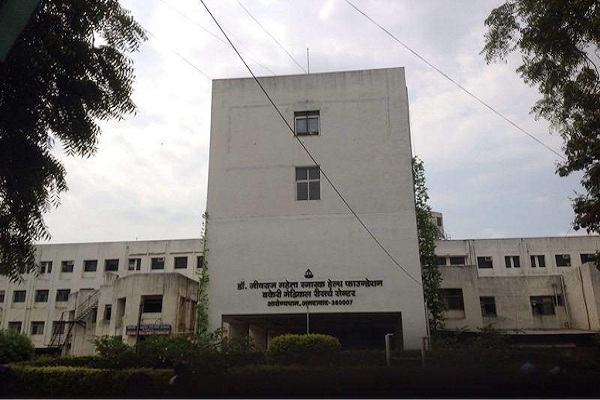
In the absence of reliable diagnostic tests, it’s not uncommon to misdiagnose Interstitial Cystitis with a variety of other conditions related to the bladder.
Interstitial Cystitis (IC)/Painful Bladder Syndrome (PBS) is a chronic disorder of urinary bladder characterised by variable degree of pelvic pain, frequency and urgency. The awareness about IC is lacking, therefore, it is still considered to be a disease of the western world. IC is a clinical entity which is not well-defined, is poorly understood, and inadequately treated, and can be extraordinarily bothersome.

The exact prence of IC in India is not known. But, I believe it is as common in India as in USA and other countries (300- 600/100000). By conservative estimates there can be 3 million patients and it is more often found in women than in men.
Though several theories have been put forward, but the cause of IC/PBS is still unknown. It is believed that the primary defect lies in the urothelium, or bladder lining (where the surface glycosaminoglycan (GAG) layer is damaged) which allows absorption of substances such as potassium and urea on the bladder wall. This eventually leads to tissue damage and pain as well as symptoms of frequency and urgency. Activation of mast cells with histamine release and neurogenic inflammation are also considered important factors in the etiopathology of IC. These changes cause upregulation of the sensory nerves of the bladder resulting in a state of “neurologic wind -up” which presents as hyperalgesia.
The symptoms of IC/PBS are often misdiagnosed as a “common” bladder infection (cystitis) or a UTI (Urinary Tract Infection). However, IC has not been found to be caused by a bacterial infection and, therefore, treatment by antibiotics is ineffective.

To diagnose IC/PBS, these symptoms must be present for more than 4- 6 weeks. Once a diagnosis of IC/PBS is made, generally the doctor discusses treatment options. There is currently no cure for IC/PBS, but there are treatments that can improve your symptoms dramatically and make you comfortable. But, most of the treatments take time to show results. Please note that IC/PBS is not a harmful disease. Treatment is difficult, but not impossible.
Suggested Treatments
Medication: Pentosan Polysulfate Sodium, this is the first and only FDA-approved oral treatment for IC. It is a capsule taken by mouth, usually 3 times a day. And while the exact mechanism of action is unknown, it is thought to add to the normally protective bladder lining. However, this drug is presently not available in India, but soon there will be a revolutionary change with the drug Pentosan Polysulfate Sodium (Elmiron) being manufactured and launched by Swati Spentose.
Lifestyle Changes: Some patients find that avoiding caffeine, alcohol, tomato products, citrus, chocolate, soda, and supplements containing vitamin C and potassium help them. Your doctor may suggest an “elimination diet.” While on this diet, a patient begins with a bland diet, and then slowly adds various foods and beverages one at a time to see which ones cause symptoms to appear or worsen. Stress is also believed to have a profound impact and often is associated with symptom flare-ups. Relaxation exercises, stress management, yoga, or massage may help reduce stress and its negative impact on your health.
Therapeutic Hydrodistension: Though controversial, I have found it useful. Hydrodistension gives initial relief in most of the patients. Here the urologist distends your bladder with water or saline under anaesthesia.
Intravesical Therapy: A cocktail of drugs in liquid form is administered in bladder via a catheter.
Intravesical Botox injection: In patients who do not show signs of improvements with the above mentioned therapies, Botox is injected in the bladder through endoscope.
Neuromodulation: Pacemaker is implanted in the lower back or perineum to control the symptoms.
Surgery: This may be the last resort if all other modalities of treatment fail. It is specially for the patients who have a small capacity bladder.
|
Common Symptoms
|
Be a part of Elets Collaborative Initiatives. Join Us for Upcoming Events and explore business opportunities. Like us on Facebook , connect with us on LinkedIn and follow us on Twitter , Instagram.












